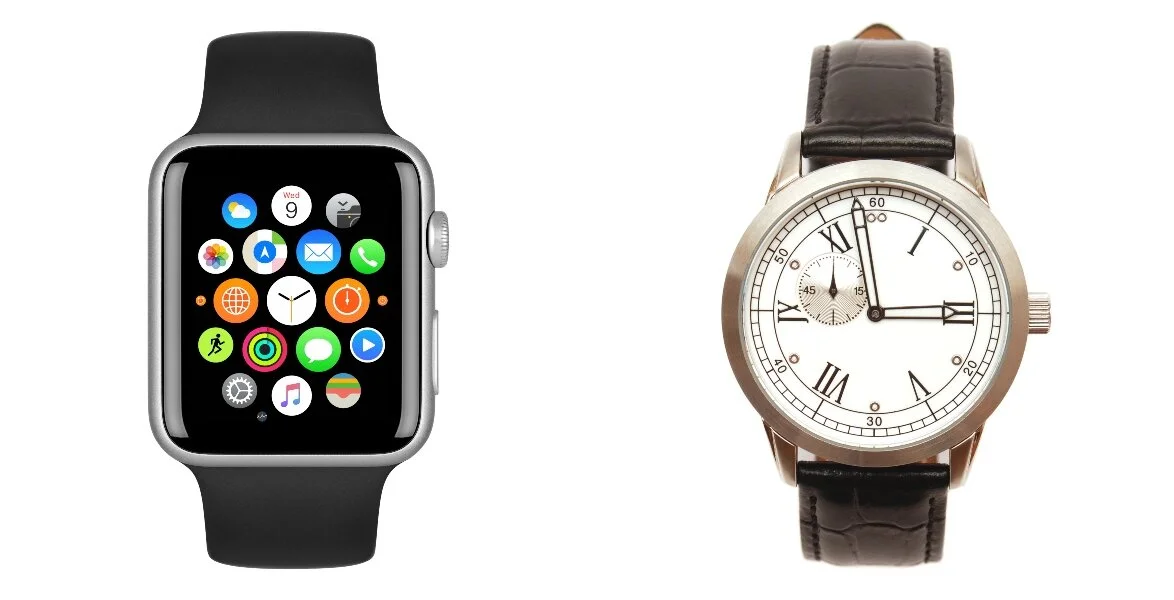Has the market takeover of smartwatches changed our relationship with wristwatches?
Read MoreHow ‘infinite scroll’, a UX decision made years ago, still creates major disruption across social routines offline, and across mental health online
Read More

